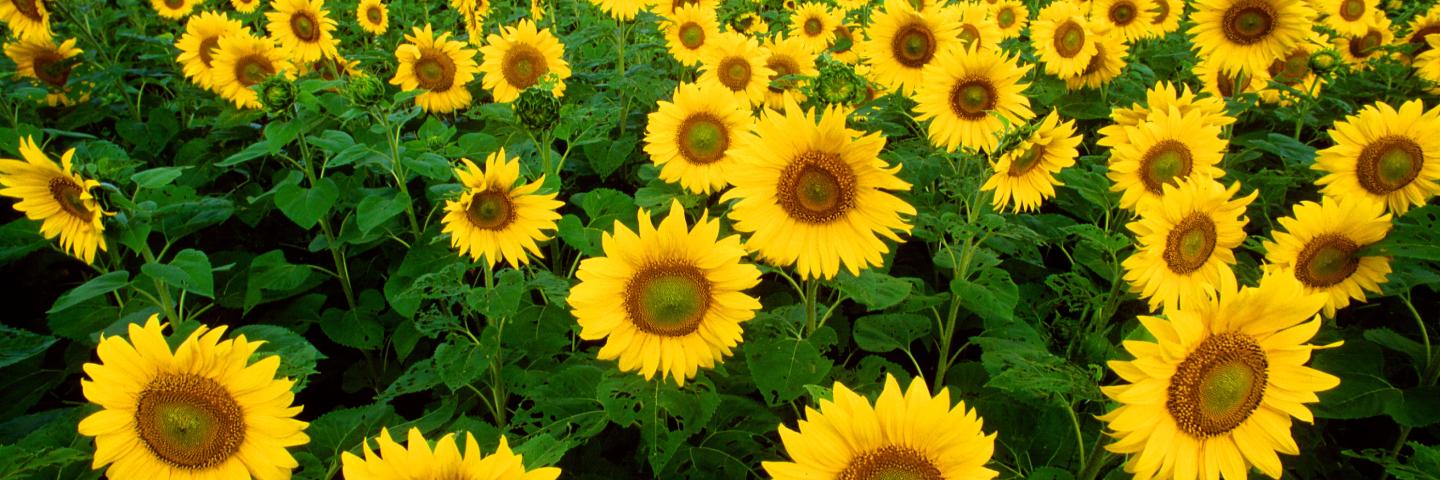
Cropland includes areas used for the production of adapted crops for harvest. Two subcategories of cropland are recognized: cultivated and non-cultivated.
Cultivated cropland comprises land in row crops or close-grown crops and also other cultivated cropland, for example, hay land or pastureland that is in a rotation with row or close-grown crops. Non-cultivated cropland includes permanent hay land and horticultural cropland.
Per the 2007 National Resources Inventory there are 357,023,500 acres of cropland in the United States. The cropland acres produce most of the food and fiber production for the US and exports to other countries.
It is the NRCS role to provide national leadership and technical assistance for the conservation of our natural resources to ensure the continued production of food and fiber.
Major natural resource concerns facing cropland include:
- Erosion by wind and water
- Maintaining and enhancing soil quality
- Water quality from nutrient and pesticides runoff and leaching
- Managing the quantity of water available for irrigation

